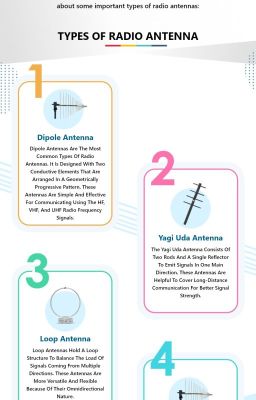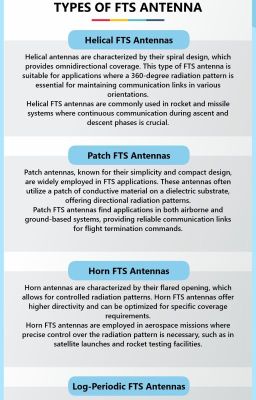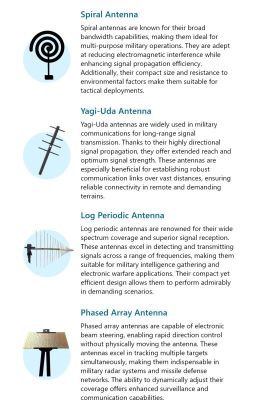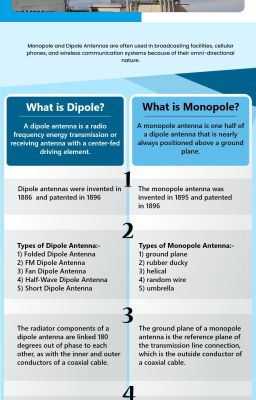gurleennayar
2 0 1
Top 5 Advantage and Disadvantage of Helical AntennaA helical antenna is a type of antenna with a helix-shaped wire. It is commonly used in radio communication systems for various purposes, such as satellite communication, wireless data transmission, and navigation. The helical antenna has a high gain and good radiation pattern, which makes it an excellent choice for long-range communication.Advantages:1. High GainOne of the most significant advantages of a helical antenna is its high gain. The helical design provides excellent directional properties, making it an ideal choice for areas where signal strength is weak.2. WidebandHelical antennas are known for their wideband capabilities. They can operate over a broad frequency range and are perfect for applications where coverage over multiple bands is required.3. Robust and DurableHelical antennas are constructed from high-quality materials and provide excellent resistance to damage from environmental factors such as wind, rain, and temperature fluctuations.Disadvantages:1. Narrow BeamwidthWhile the helical antenna's directional properties provide an advantage in terms of gain, they also create a narrow beamwidth, making them unsuitable for applications where the signal needs to cover a wide area.2. High CostHelical antennas are designed with precision to ensure they meet specific performance standards, making them more expensive than other types of antennas.3. Challenging to Design and ManufactureThe complex design and construction of helical antennas make them challenging to design and manufacture. The manufacturing process requires specialized equipment, which can also add to the cost. visit: https://www.antennaexperts.co/blog/what-is-helical-antenna-working-applications-and-advantages…



















